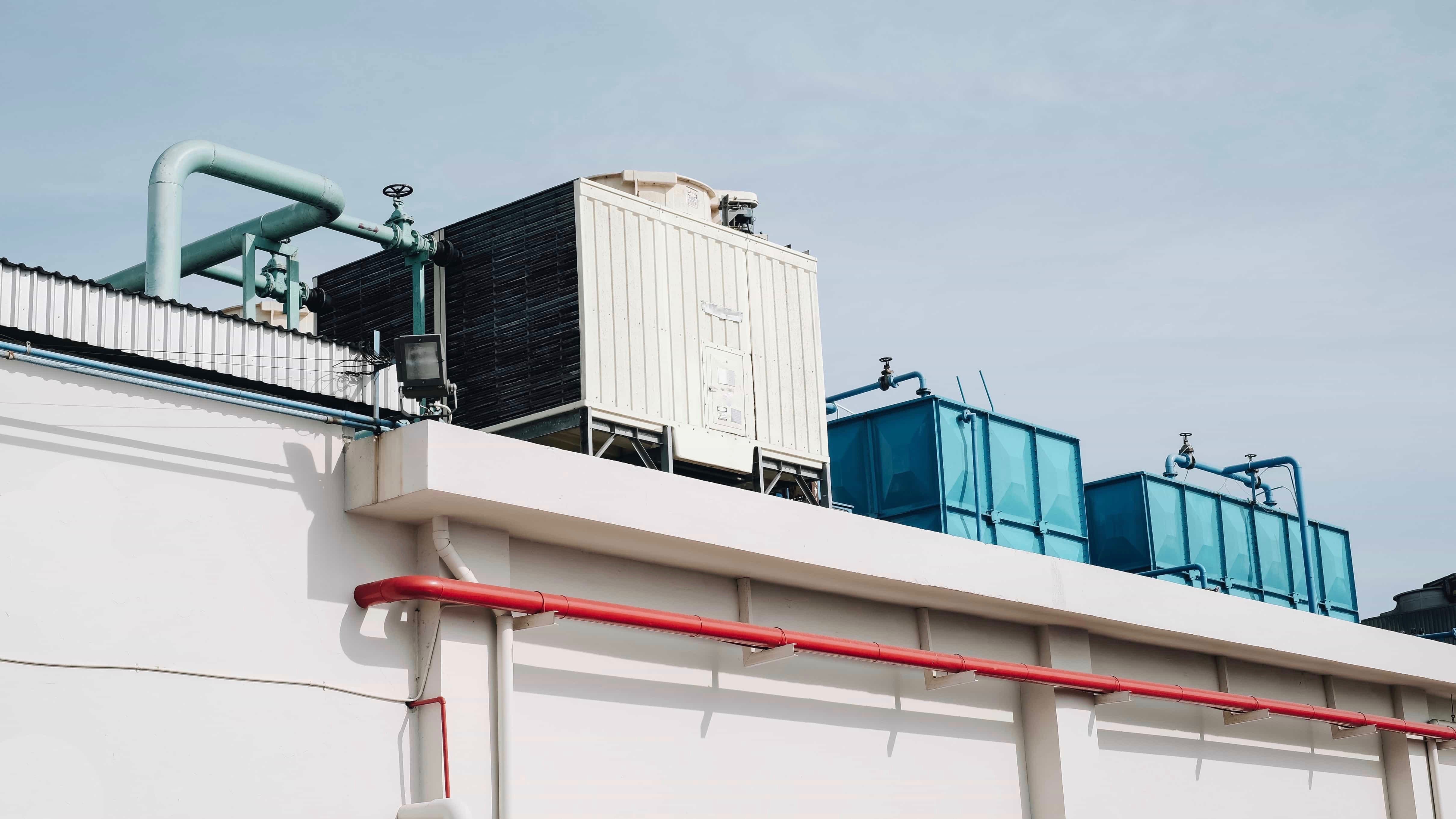
At any given moment, a building’s internal systems are likely running through a variety of complex tasks and situations. Whether it’s maintaining a comfortable, cost-effective temperature across the building’s various floors and rooms or dictating what areas need lights, buildings are far from simple.
With the rise of new technologies, however, there is a whole world of building management tools to help streamline processes and ultimately lessen the number of hours needed to maintain a building’s performance.
This is especially true for your building’s HVAC control systems, which are so ingrained in your building’s ecosystem that “manually adjusting the necessary array of valves, dampers, and other apparatus could quickly become a full-time job.” But when you plug HVAC controls into a building automation system (BAS), things can change for the better. Here’s how:
1) Streamline Responsibilities
Like any piece of technology, your HVAC control systems are bound to act-up from time-to-time. And when they do, it can quickly become a colossal chore that ropes in everyone from the building manager to the primary engineer to any other on-site employees. You’ll have to answer questions like:
- Where’s the problem originating from?
- How many areas is the problem affecting?
- Who do we need to contact to fix this?
- Will it affect anyone in the building?
Tracking down the answers to these questions (and more) require multiple steps and, usually, multiple people. This eats up valuable time and resources and means the problem isn’t resolved as quickly as it could be. But HVAC automation can solve this.
When you have software like ODIN at your side, you can keep an eye on all of your HVAC building systems, identify problems before they happen, and then delegate tasks to whoever is best equipped to resolve them. Automating a building’s HVAC control systems streamline the whole process and will make it easier for you (and your building) to keep things going steady.
2) Hands-Free Problem Solving
What would happen if one of the thermostats in your building suddenly stopped working? No warning, no nothing; one minute it was working and the next it wasn’t. According to HVAC School, this would probably lead to “an immediate service call” that’ll shut down the zone the thermostat is connected to.
However, HVAC School also says that if you had an IoT-equipped BAS—like ODIN!—then you wouldn’t even have to lift a finger to maintain optimal levels of comfort. “A dozen temperature monitoring points might exist in a zone,” they say, but if one of them goes down, automated HVAC control systems could seamlessly “pick up the slack until it can be replaced at your leisure.”
3) Save Time, Money, and Energy
The more people you need to solve a problem with your HVAC building systems, the more expensive that problem will become. And the more hoops those people have to jump through to find a solution, the already pricey situation will just get more costly. When your HVAC automation systems can take the reigns, though, you won’t need to commit as many resources to every hiccup that rears its head.
“A system with independent, smart controllers can monitor itself and self-diagnose issues before they come to the point where a human technician would notice them,” HVAC School says. With HVAC control systems that can manage problems without human intervention, you’ll be able to save time, money, and seamlessly maintain the kind of environmental comfort your building is known for.
4) Maintain the Status Quo
“The ultimate aim of every HVAC system and its controls is to provide a comfortable environment suitable for the process that is occurring in the facility,” Ross Montgomery and Robert McDowall say in their book, “Fundamentals of HVAC Control Systems.”
To provide a comfortable environment, however, your HVAC control systems need to be willing to play friendly. Far too often, a building’s HVAC systems don’t speak the same language, which can lead to confusion and difficulties whenever something needs attention.
But with a BAS like ODIN, you’ll be able to connect to any of the HVAC and automation systems that currently exist in your building. This will dramatically streamline how you interact with your building, making it easier than ever to maintain a comfortable status quo for your building, its occupants, and, ultimately, your budget.








